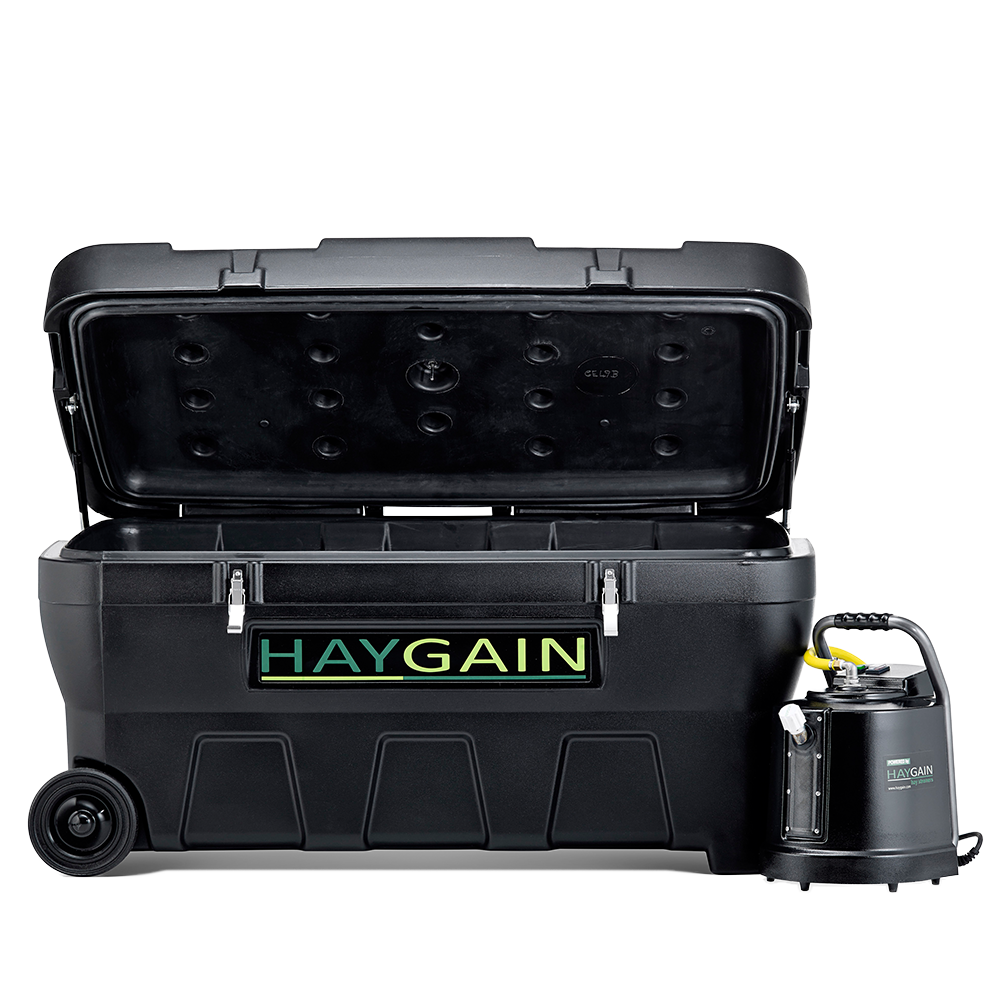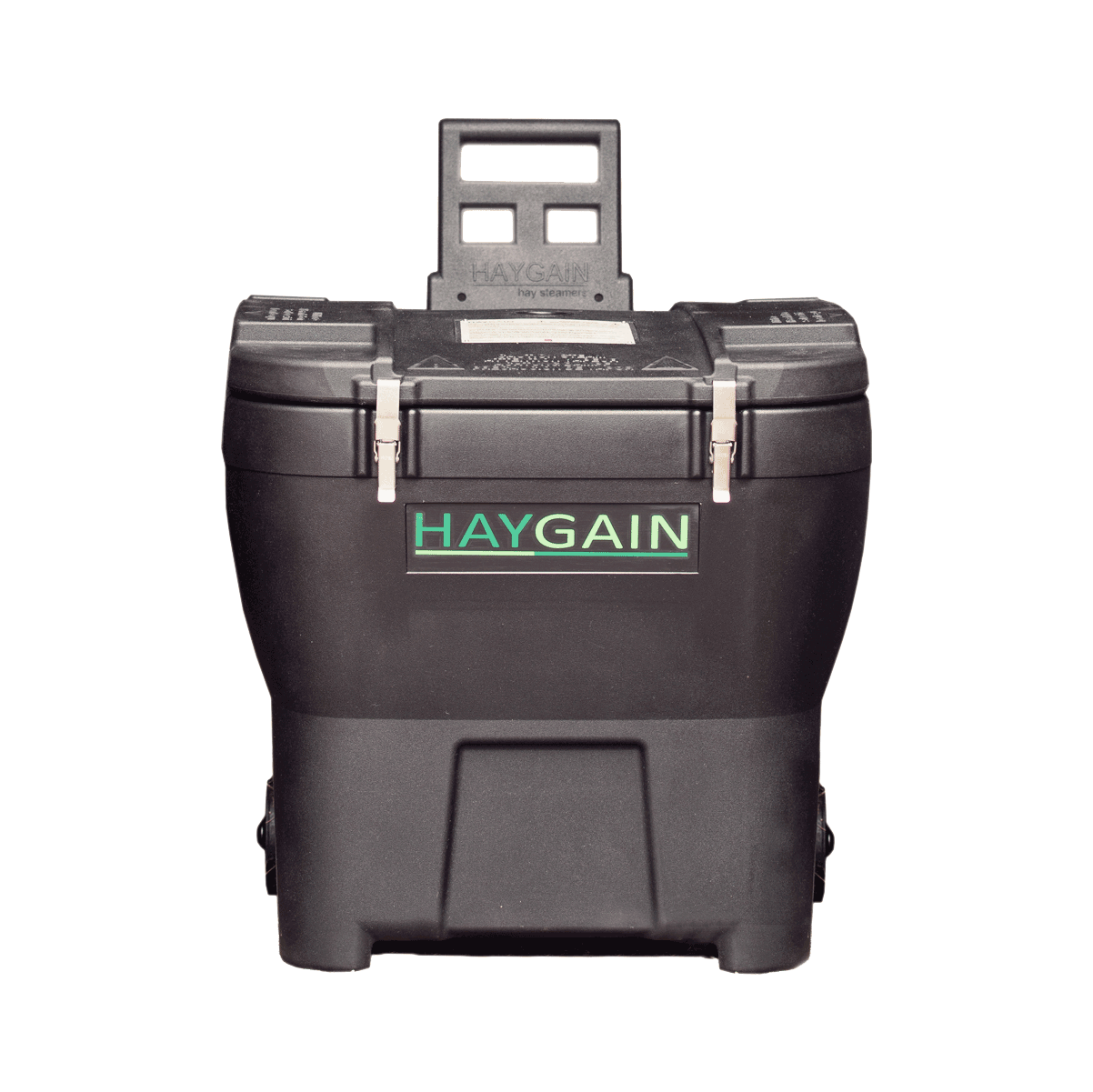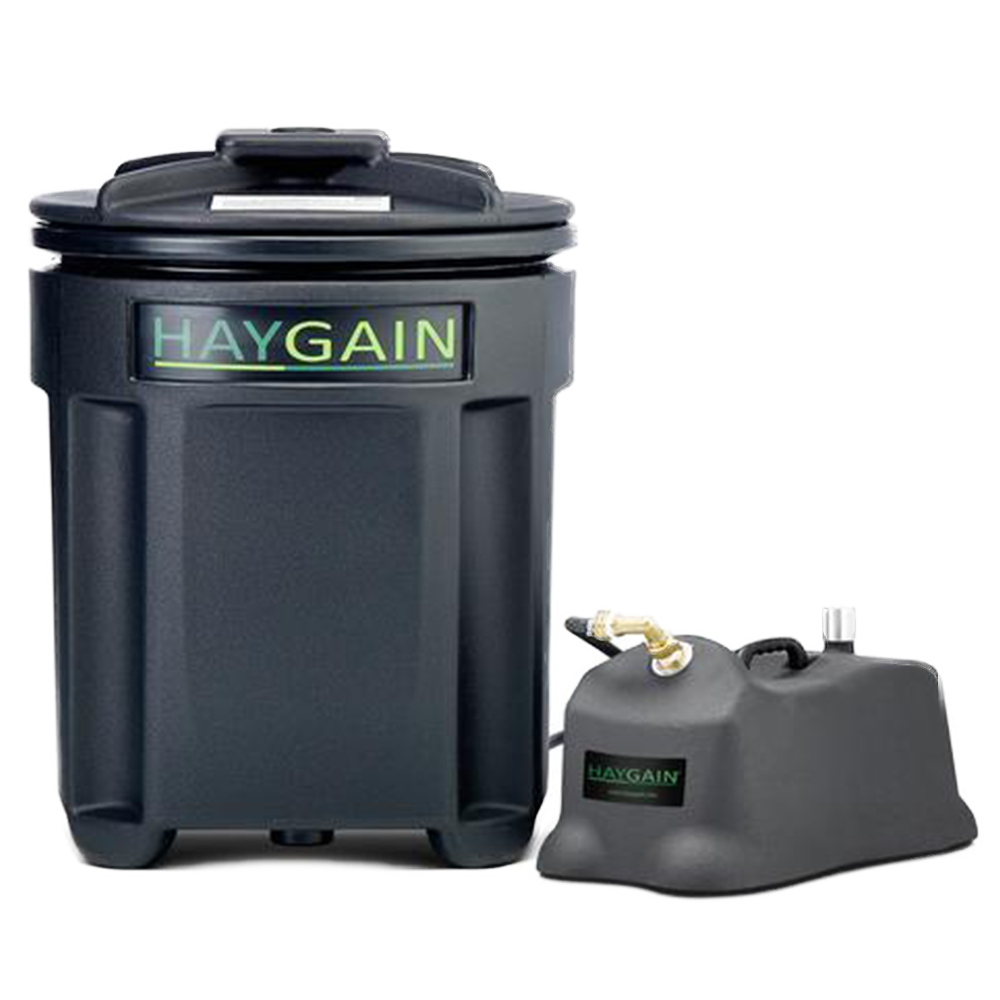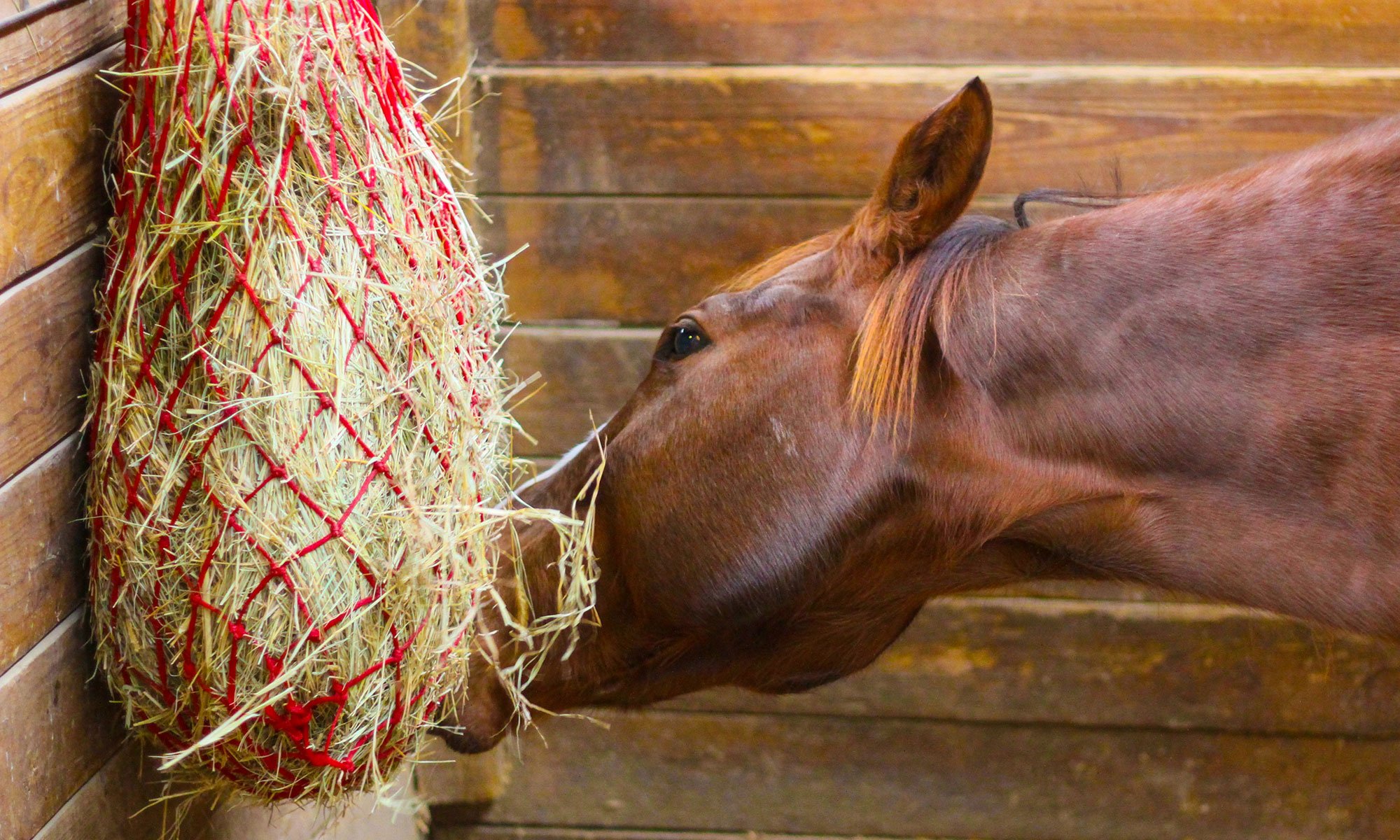Severe equine asthma is a condition that limits the performance of our horses-how can current research help us understand the specific causes and pathophysiology of equine asthma? PhD student Sam White tells us about it in this article.
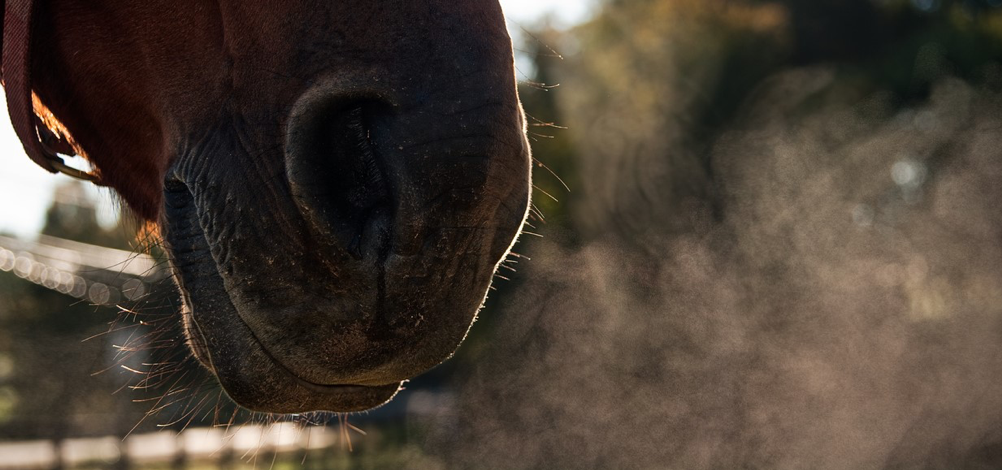
Severe equine asthma (SEA) is an allergic airway disease similar to human asthma that limits performance, and affects genetically predisposed horses that are exposed to allergens associated with the stall environment.
Fourteen percent of the UK equine population suffers from SEA, resulting in coughing, nasal discharge, and difficulty breathing, the result of decreased airway inflammation, bronchoconstriction, and mucus production. The immunological basis of SEA is still unclear; however, several studies have indicated the role of an antibody, known as immunoglobulin E (IgE) (Künzle et al., 2006). When this antibody binds with an allergen in the affected horse, molecules that cause inflammation, such as histamine, are released. For treatment success, reducing allergen exposure in horses with SEA is critical (Jackson et al., 2000).
The predominant source of these allergens dispersed in the box environment comes from the dust found in the forage, which can also contain a range of fungi, bacteria, pollen and arthropods. When the affected horse is removed from this environment, a period of remission results. Markham first associated SEA with the box environment in 1656, providing the first advice on sprinkling hay with water.
Since then, our knowledge of hay treatments to limit allergen exposure has greatly improved. Traditionally, hay or soaked hay was given to horses with symptoms; however, these options do not sufficiently and long-term reduce respirable particles and subsequent increase in bacterial levels. More recently, hay Steamed with high-temperature steam has been shown to reduce levels of respirable particles, as well as living mold and bacteria, thus reducing interaction with allergens (Moore-Colyer et al., 2016).
Further studies showed that horses fed dry hay had significantly increased clinical scores compared with horses fed steam-Steamed hay (Blumerich et al., 2012).
A variety of clinical techniques, including IgE analysis, have been used to establish the causative allergens associated with SEA; assessment of IgE levels in serum and bronchoalveolar lavage fluid has revealed the role of several fungi and bacteria, particularly Aspergillus fumigatus, Saccharopolyspora rectivirgula, and Thermoactinomyces vulgaris (Morán and Folch, 2011).
Recent development work funded in part by Haygain has enabled the evaluation of IgE-allergen interactions on a larger scale. Micro array technology has enabled IgE profiling against 146 proteins (extracts, pure and recombinant), identifying sensitization in SEA horses to a range of previously untested fungi, arthropods, pollens and bacteria (White et al., 2017).
Heat treatment of microorganisms has previously been shown to cause external alterations, preventing IgE recognition and thus the associated allergic response. Expanding on this initial work, the authors aim to use the micro array technology developed to evaluate the effect that purification of hay through high temperature has on the IgE-allergen interaction (White, pers. comm.). This study will provide new data on the etiology and pathophysiology of SEA in horses and provide management/treatment recommendations to improve the health, well-being, and performance of affected horses.
How can Haygain help?
Haygain has been working in the field for years to improve respiratory health through its hay Steamers. If your horse has severe equine asthma, it is important to identify the source of these symptoms early on: is it the dust in the hay? Are the allergens present in the environment? Is it the high levels of pollen? It could easily be all three, and purifying hay with Haygain solves the problem at the source, eliminating 99% of pathogens in hay and hay-silo.
References:
Künzle, F, Gerber, V, Van Der Haegen, A, Wampfler, B, Straub, R and Marti, E (2006) IgE-bearing cells in bronchoalveolar lavage fluid and allergen-specific IgE levels in sera from RAO-affected horses. J. Vet. Med. 54, 40-47.
Jackson, CA, Berney, C, Jefcoat, AM and Robinson, NE (2000) Environment and prednisone interactions in the treatment of recurrent airway obstruction (heaves). Equine vet. J. 32, 432-438.
Moore-Colyer, MJS, Taylor, JLE and James, R (2016) The effect of steaming and soaking on the respirable particle, bacteria, mold and nutrient content in hay for horses. J Equine Vet Sci, 39, 62-68
Blumerich, C.A., Buechner-Maxwell, V.A., Scrratt, W.K., Wilson, K.E., Ricco, C., Becvarova, I., Hodgson, J. and Were, S. (2012) Comparison of airway response of Recurrent Airway Obstruction affected horses fed steamed versus non-steamed hay. Proceedings of the Annual ACVIM Conference, 2012.
Morán G, Folch H (2011) Recurrent airway obstruction in horses-an allergic inflammation: a review. Vet Med-Czech 56:1-13
White S, Moore-Colyer M, Coüetil L, Hannant D, Richard EA, Marti E and Alcocer M (2017) Development of a multiple protein extract microarray for profiling allergen-specific immunoglobulin E in horses with severe asthma. Proceedings of the World Equine Airways Symposium, 2017.
